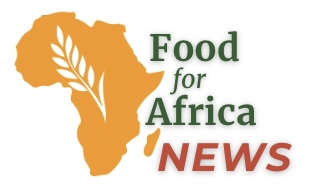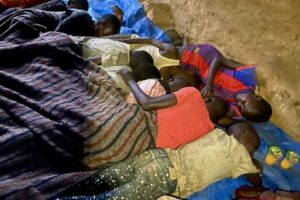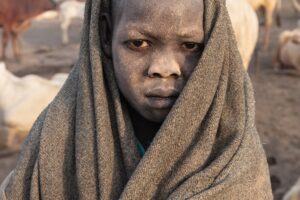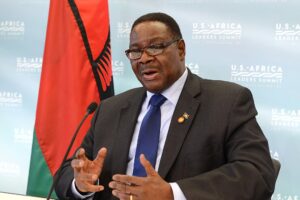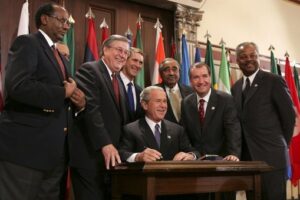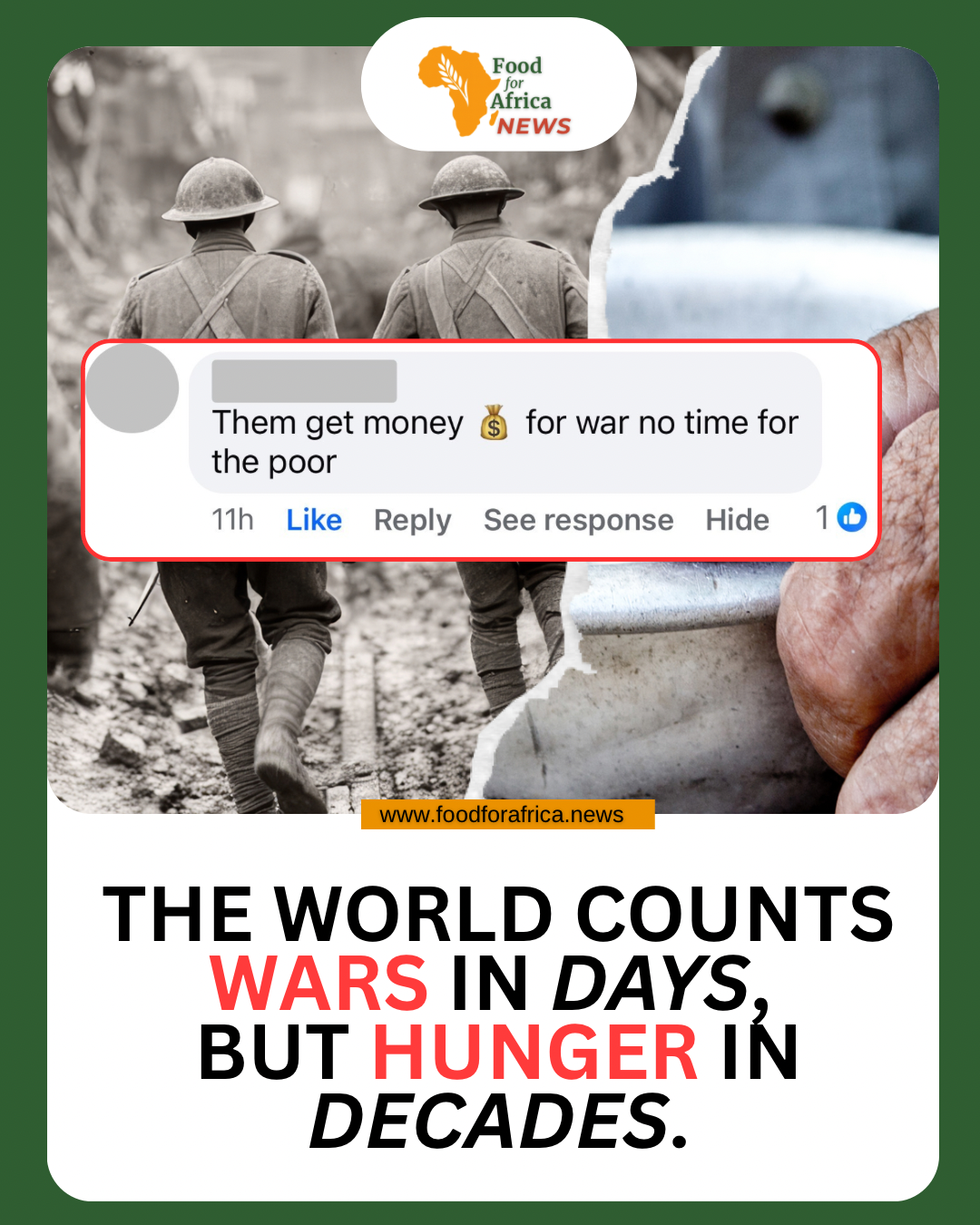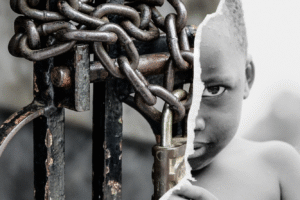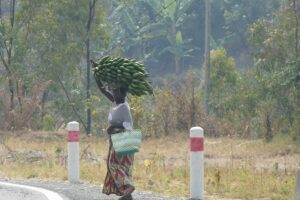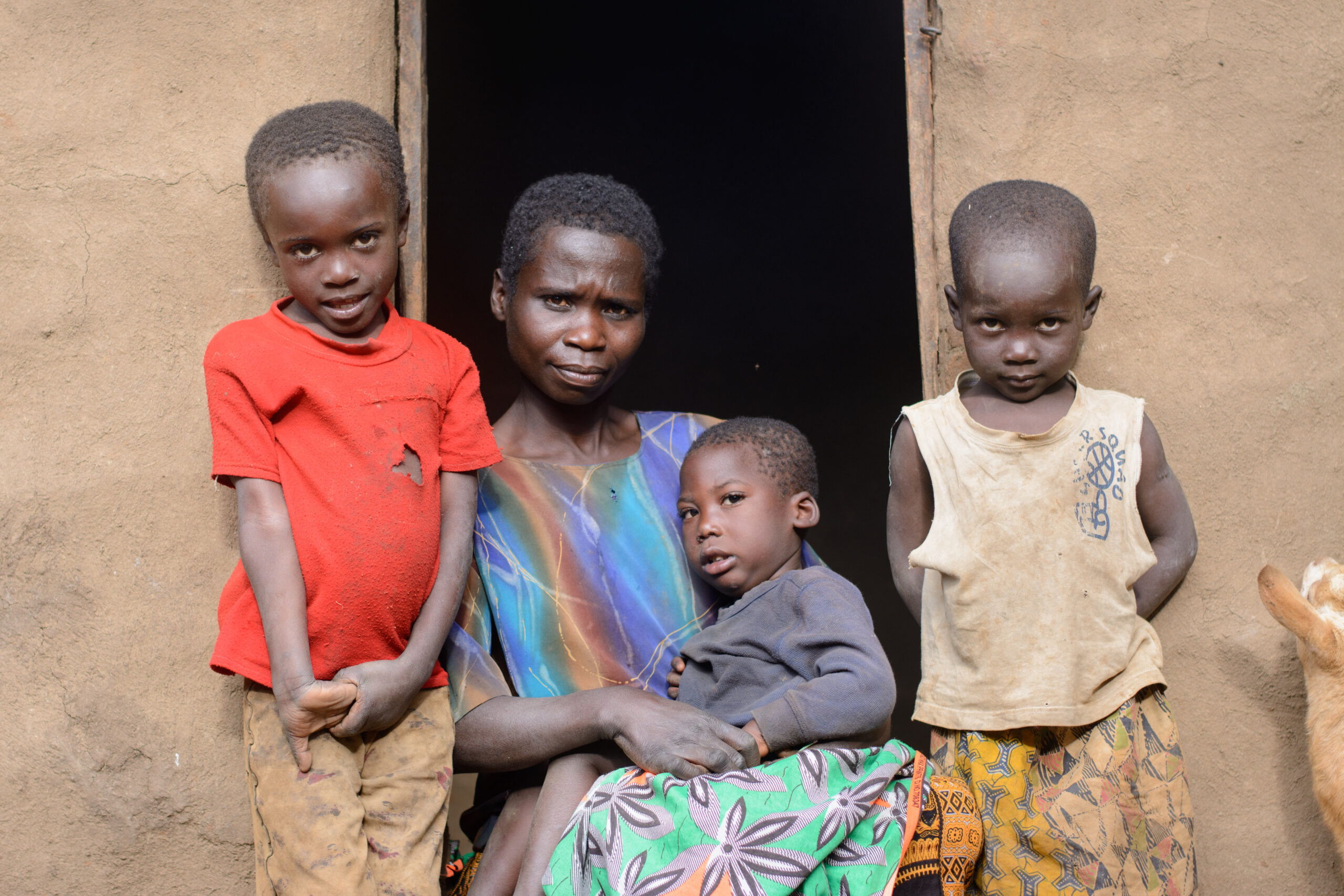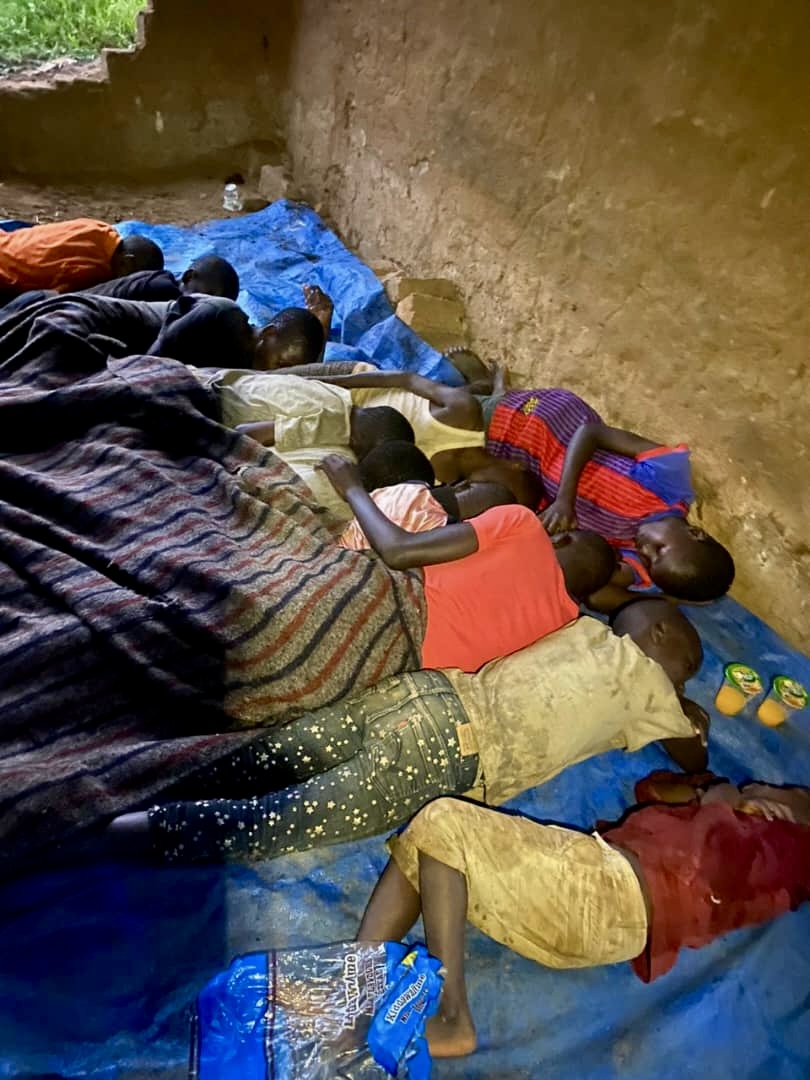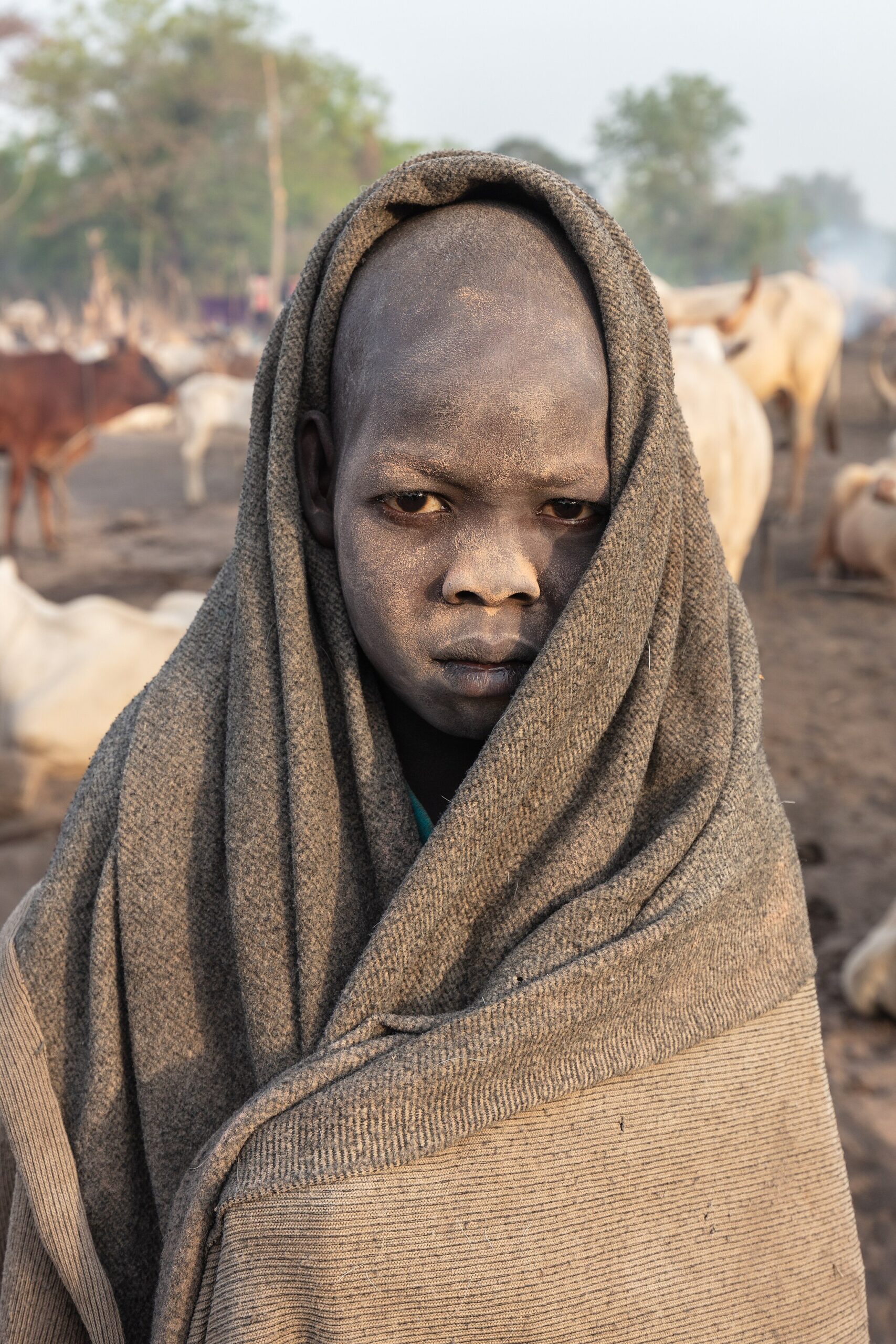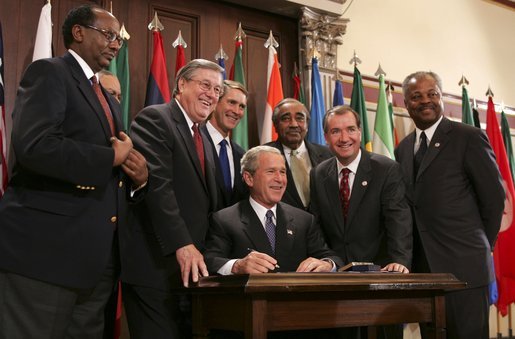South Sudan is often described in one painful phrase: the poorest country in the world. The IMF’s latest 2025 data puts its GDP per capita at only $251, the lowest on the planet. The United Nations goes further, ranking it last on its Human Development Index, a measure that combines income, life expectancy, and education.
Numbers like these are staggering, but behind them are real lives. Nearly 80 percent of South Sudanese live in poverty. Millions are food insecure, children suffer from malnutrition, and families are pushed out of their homes by flooding, conflict, or both.
Yet as the need grows, the aid that keeps the country afloat is shrinking. Donors and aid agencies increasingly report corruption, blockages, and outright taxation of relief efforts. Local authorities demand fees before trucks can move. NGOs are told to pay “administrative charges” that eat into budgets meant for food, medicine, or schooling. The UN has warned that such practices are driving away donors already stretched thin by crises elsewhere.
This has left South Sudan caught in a paradox. It has oil wealth and fertile land, but little to show for it. Revenues from oil still dominate the national budget, yet even those collapsed last year when Sudan’s civil war shut down the pipeline. For months, salaries went unpaid, hospitals ran out of supplies, and markets emptied. Oil exports only resumed in mid-2025, but the risk remains.
Experts say what is needed now is not just emergency shipments of food, but a pathway out of dependence. That means using oil money transparently, investing in agriculture and roads, protecting aid convoys, and giving communities direct support through cash transfers and local peace initiatives. Without reforms, international patience will continue to erode, and the poorest country in the world may find itself left to sink even lower.
South Sudan’s story is not just about numbers. It is about whether the world’s youngest country can break free from being defined only by crisis—and whether the global community will still be there to help if it does.
Why South Sudan Matters for Africa
South Sudan’s fragility matters far beyond its borders. Disruptions to its oil and food supply ripple into East Africa’s markets, raising costs for import-dependent countries like Kenya and Uganda. Refugees fleeing hunger strain resources in neighboring states. And every delay in aid delivery puts more pressure on already fragile regional food systems.
For Africa, South Sudan is a test: if the continent’s youngest nation can stabilize, it will ease hunger pressures regionally. If it cannot, the cracks will spread outward, deepening the food security crisis that already grips millions.
Sources
- IMF World Economic Outlook (2025) – GDP per capita data: IMF WEO Database, April 2025
- Visual Capitalist – “The Poorest Countries in the World (2025)” (June 24, 2025): Visual Capitalist
- UNDP Human Development Report (2023) – South Sudan HDI ranking: UNDP HDR
- World Bank – South Sudan poverty overview: World Bank South Sudan Country Data
- UN News – “South Sudan at a turning point” (June 2025): UN News
- FAO & WFP Hunger Hotspots Report (June 2025) – FAO Hunger Hotspots
- Reuters – “Oil exports resume after Sudan conflict disruption” (May 2025): Reuters
